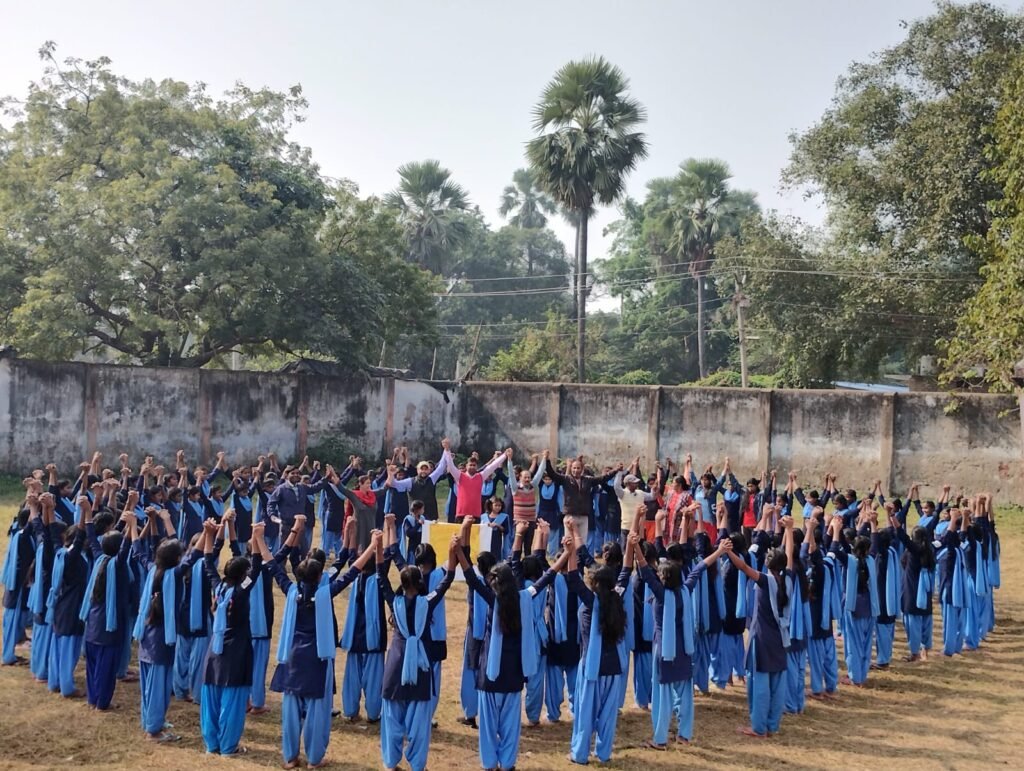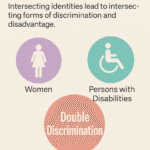What Are Child Rights?
Child rights refer to the fundamental freedoms and entitlements that must be guaranteed to every child by virtue of their humanity. Recognized across various international, regional, and national frameworks, these rights transcend distinctions of nationality, ethnicity, gender, religion, or socio-economic background. They are rooted in the recognition that childhood is a unique, formative phase of life deserving of special care, protection, and opportunities for development.
Far from viewing children merely as passive recipients of adult benevolence, modern human rights thinking acknowledges children as individuals with evolving capacities, capable of participating in matters that affect their lives. Child rights encompass a comprehensive range of dimensions: civil rights and freedoms (such as the right to identity and expression), political rights (such as the right to be heard in judicial proceedings), economic rights (including the right to an adequate standard of living), social rights (such as access to education and healthcare), and cultural rights (including the right to participate freely in cultural life).
Central to the philosophy of child rights is the notion of dignity, equality, and respect. Children are entitled not only to survive and be protected from harm but also to thrive, participate, and realize their fullest potential. A child’s best interests must be the primary consideration in all actions concerning them, whether undertaken by public institutions, courts of law, administrative bodies, or private individuals.
The commitment to protecting child rights represents a collective moral and legal responsibility: to safeguard their immediate well-being and to nurture their capacities as future citizens, leaders, and changemakers. Recognizing and fulfilling children’s rights is thus not merely an act of charity or protection — it is an affirmation of justice, human dignity, and the foundational values of any equitable society.
The Evolution of Children’s Rights in International Law: From Protection to Empowerment
The notion of children’s rights has undergone a remarkable evolution. Historically, children were seen as property or dependents without legal standing. Early legal frameworks, including the 1924 Geneva Declaration of the Rights of the Child, focused primarily on protection — safeguarding children from abuse, exploitation, and neglect.
The post-World War II period witnessed an increasing acknowledgment of the need for international legal standards to protect vulnerable groups, including children. However, it wasn’t until the late 20th century that a paradigm shift occurred: from viewing children solely as vulnerable beings needing protection to recognizing them as active holders of rights capable of participating in decisions affecting their lives.
This transformation reflected broader developments in international human rights law, emphasizing autonomy, voice, and agency for all individuals, regardless of age.
The United Nations and the Convention on the Rights of the Child (CRC): Achievements and Challenges
The crowning achievement of international child rights advocacy is the United Nations Convention on the Rights of the Child (CRC), adopted in 1989. As the most widely ratified human rights treaty in history, the CRC outlines a comprehensive framework covering survival, development, protection, and participation rights for all children.
Key Achievements of the CRC:
- Universal Recognition: 196 countries have ratified the CRC, committing themselves to uphold and promote children’s rights.
- Holistic Framework: The CRC treats children’s rights as indivisible, linking health, education, freedom from violence, and the right to be heard.
- Accountability Mechanisms: State parties must submit periodic reports to the UN Committee on the Rights of the Child, ensuring ongoing scrutiny.
Challenges Facing the CRC:
- Implementation Gap: Despite ratification, many countries struggle with fully implementing CRC obligations due to political, economic, or social constraints.
- Cultural Relativism: In some regions, traditional practices conflict with CRC principles, particularly concerning child marriage and corporal punishment.
- Emerging Threats: Issues like climate change, digital exploitation, and armed conflict present new challenges to children’s rights not fully anticipated by the CRC framework.
The Role of NGOs in Protecting and Promoting Child Rights
Non-governmental organizations (NGOs) have been instrumental in advancing the global child rights agenda. Their role extends across advocacy, service delivery, monitoring, and capacity-building.
Key Contributions of NGOs:
- Advocacy and Awareness: NGOs like Save the Children, Plan International, and Terre des Hommes have championed the cause of child rights, influencing public opinion and policy reforms.
- Direct Service Provision: Many NGOs fill critical gaps in education, healthcare, and protection services, particularly in conflict zones or underserved communities.
- Monitoring and Accountability: NGOs monitor state compliance with CRC obligations, submit shadow reports to the UN, and expose violations.
- Empowering Children: Increasingly, NGOs are involving children directly in advocacy efforts, promoting participation and leadership among young people.
However, NGOs also face challenges such as political pushback, funding shortages, and operational risks in fragile environments.
Major Issues and Problems Facing Children Worldwide
Despite significant progress, millions of children continue to face severe violations of their rights:
- Poverty: Nearly 1 in 6 children live in extreme poverty, undermining access to health, education, and nutrition.
- Conflict and Displacement: Armed conflicts have displaced millions of children, exposing them to violence, trafficking, and recruitment by armed groups.
- Child Labor: An estimated 160 million children are engaged in child labor, often in hazardous conditions.
- Access to Education: Millions of children, especially girls and children with disabilities, remain out of school.
- Health Crises: Preventable diseases, malnutrition, and lack of access to clean water and healthcare continue to claim young lives.
Additionally, emerging issues such as online abuse, mental health crises, and the disproportionate impact of climate change on children demand urgent attention.
Steps the World Must Take for the Upliftment of Children and Their Rights
To fulfill the vision of the CRC and ensure a better future for all children, a multi-dimensional, coordinated approach is necessary:
1. Strengthening Legal Frameworks
States must ensure that national laws fully align with international child rights standards and are effectively enforced, particularly regarding child protection, education, and participation rights.
2. Prioritizing Education and Healthcare
Universal access to quality education and comprehensive healthcare must be non-negotiable. Investments should target marginalized groups, such as girls, children with disabilities, and rural populations.
3. Promoting Child Participation
Children should be active participants in decisions affecting their lives, in accordance with their evolving capacities. Structures must be created for genuine youth engagement in policymaking, particularly at local and community levels.
4. Expanding Global Cooperation
International solidarity and partnerships, including support for NGOs working in critical areas, are vital to address transnational issues like child trafficking, refugee crises, and climate-induced displacement.
5. Addressing Root Causes
Poverty eradication, conflict resolution, social inclusion, and climate justice are integral to securing the rights of the child. Holistic strategies that address structural inequalities are essential.
6. Embracing Technology Responsibly
Efforts must be made to close the digital divide while ensuring child protection online. Access to digital resources should be accompanied by strong safeguards against online exploitation.
Conclusion
Children’s rights represent more than protection from harm — they symbolize the world’s commitment to nurturing human dignity, freedom, and potential from the earliest stages of life. The evolution from viewing children as passive subjects to recognizing them as empowered rights-holders is a testament to progress — but the journey is far from complete.
Governments, NGOs, international organizations, and communities must intensify their efforts to ensure that every child not only survives but thrives — free, educated, and empowered to shape a better future for themselves and for humanity at large.
About the Author
Mr. Aqilur Rahman is a dedicated social worker and passionate human rights activist, deeply committed to the welfare and protection of children. A true champion of education, he advocates tirelessly for every child’s right to learn, grow, and thrive in a safe and nurturing environment.
With extensive experience working alongside both national and international organizations in the fields of child rights and women’s health and education, Mr. Rahman brings a grassroots understanding of the challenges faced by marginalized communities. His work bridges policy, activism, and on-ground engagement.
In 2016, he founded Jazba Society, a non-profit organization focused on the welfare of deprived, marginalized, and needy children, providing them with access to education, healthcare, and emotional support. Through this initiative and his broader advocacy, Mr. Rahman continues to be a voice for the voiceless, working toward a future rooted in equity, dignity, and justice for all.


